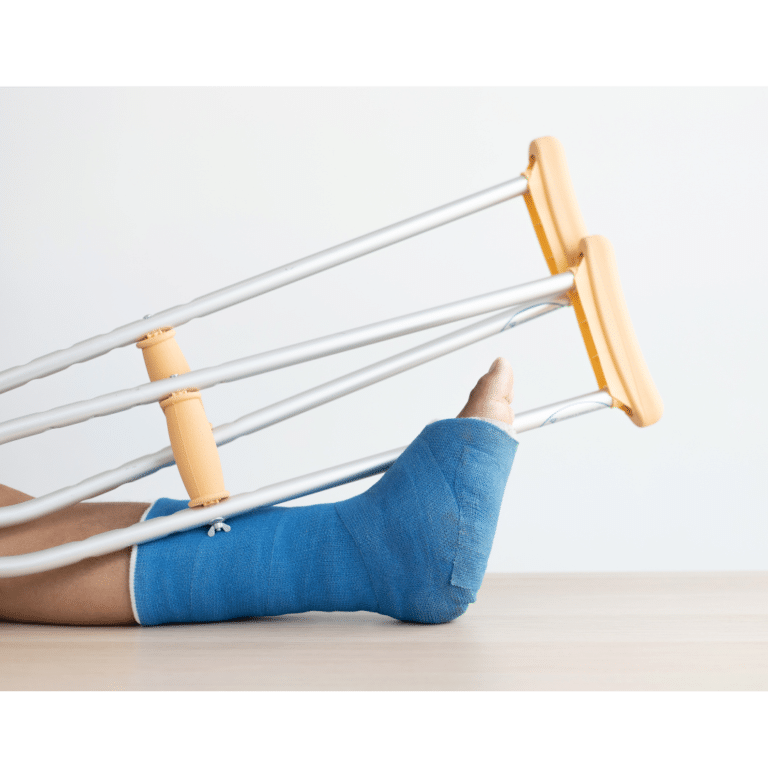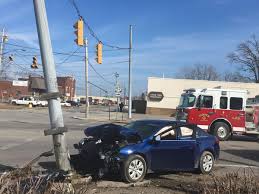The courts in Virginia have recognized the inherent risks of injury when using ladders. See VFP, Inc. v. Shepherd, 39 Va. App. 289, 293, 572 S.E.2d 510, 512 (2002); Irby v. G&B Insulation Co., Inc., JCN: VA00000529823 (Feb. 26, 2013). Perhaps that is why we see so many falls from ladders in our workers’ comp practice.
Jesse L. worked as an Assembler for an HVAC manufacturer which required him to assemble large commercial HVAC units to put them in shape for delivery and installation by the customer. Jesse had climbed up on a large A-frame ladder to work on an HVAC unit and fell 13 to 15 feet to the concrete floor of the shop. He was reported unconscious at the scene, but recovered consciousness. He was apparently combative with rescue personnel. Jesse was transported to the Emergency Department of a Roanoke hospital where he was diagnosed with multiple traumatic injuries including a skull fracture and subdural bleeding. Over time he also developed other significant complaints including constant headaches, post-traumatic stress disorder (PTSD), anxiety, and mood disorders, all due to the traumatic brain injury (TBI) which resulted from the fall from the ladder at work. As anyone who has dealt with brain-injured persons can tell you, it is not the injuries that the doctors can see which are the largest problem but the injuries that cannot be seen on X-rays, CAT scans, and MRI’s that are the most serious, frustrating, and emotional with which to deal because the injured person can look absolutely healthy while his injured brain can be causing immeasurable difficulty at the psychological, neurological, and emotional levels. When Jesse retained HammondTownsend to represent him in his workers’ compensation claim, we accepted the challenge to get him full compensation for both his physical injuries but also for the other injuries that flowed from his TBI. Having represented similarly placed claimants before gave us the confidence which comes from experience to proceed aggressively to find a remedy for Jesse.
As an initial challenge, HammondTownsend was forced to convince the employer’s insurance carrier that Jesse was injured to the extent he claimed. The insurer sent Jesse to a doctor that the company selected for an “independent medical examination” (IME). While these “independent” exams are anything but neutral with the insurer allowed to pick its favorite doctors to conduct the examination, and those doctors being unwilling to kill the goose that lays the golden eggs, the results are almost guaranteed to favor the defense, and Jesse’s IME was typical of these reports concluding that Jesse was not that badly injured and that he could return to work at full duty. Despite the IME report, we were able to convince the insurance company to enter into settlement discussions on a full and final settlement of Jesse’s claims.
HammondTownsend was able to negotiate a full settlement of Jesse’s case in the amount of $375,000, plus the employer accepted responsibility for any of Jesse’s medical bills reasonably related to the workplace fall up to the date the settlement was approved by the Commission. The settlement allowed Jesse to exert full control over his course of medical treatment without interference from anyone outside of his family. This was a key consideration which Jesse expressed to us from the beginning of our representation.



